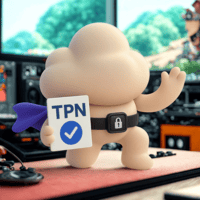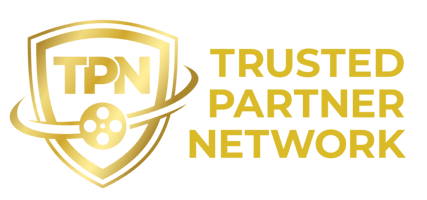Security, scalability, trust. In a rapidly changing, remote, hyper-collaborative Media &...
Best Practices for Securing and Managing Virtualized IT Environments
Why Securing Virtualized Environments Is a Strategic Imperative
The adoption of virtualized environments—whether cloud-hosted or on-premises—is growing exponentially. VDI solutions, DaaS platforms, application virtualization, ephemeral dev machines, or secure remote workstations: the flexibility promised by these architectures has made them a cornerstone of digital transformation.
But that promise comes with new challenges. By multiplying access points, temporary sessions, and remote connections, virtualized environments significantly expand the attack surface. And paradoxically, the more “distant” the architecture appears, the more tangible the risks become: hypervisor compromise, data leaks, privilege escalation...
Key Threats Facing Virtualized Environments
1. Hypervisor Attacks
The hypervisor is the cornerstone of any virtualized setup. A vulnerability at this level could give an attacker cross-access to multiple virtual machines, with potentially catastrophic consequences.
2. Unencrypted or Poorly Secured Sessions
Traditional RDP connections or direct access to VMs often leave them vulnerable to man-in-the-middle attacks—especially when no network segmentation or end-to-end encryption is implemented.
3. Lateral Movement and Ransomware
Once a session is compromised, a ransomware attack can propagate across VMs, or even across tenants, if access controls are poorly segmented.
4. Excessive Privileges and Human Error
Weak identity and access management remains one of the most common vectors for compromise. Granting default admin rights to temporary VMs or contractors greatly increases the risk of data breaches or system compromise.
Best Practices for Securing a Virtualized Environment
Segment Access with a Zero Trust Model
Zero Trust is no longer optional in virtualized environments. Every session must be treated as potentially compromised and granted access only to strictly necessary resources via secure tunnels and dynamic rules.
→ Recommendation: Block all lateral communication between VMs and use a trusted access provider to secure remote connections.
Control Access with MFA and Granular Roles
Multi-factor authentication (MFA) and role-based access control (RBAC) should be mandatory. Even a single unauthenticated or over-privileged session is a potential entry point for attackers.
→ Recommendation: Define business roles with minimal permissions, enforce least privilege, regularly audit access, and automatically revoke temporary rights.
Monitor Behavior and Replay Sessions
Comprehensive logging, User and Entity Behavior Analytics (UEBA), and session replay capabilities are now standard. The goal is not just to block threats—but to anticipate, investigate, and document them.
→ Recommendation: Integrate virtual environments into your SIEM/SOAR perimeter with alerts based on behavioral anomalies.
Encrypt All Communications
Encrypted traffic, deprecation of outdated protocols (like RDP without NLA, weak SSH), and secure web-based access (HTTPS) are baseline requirements.
→ Recommendation: Avoid any direct access to a VM's public IP with open ports. Always route access through a secure abstraction layer.

Managing Virtualized Environments at Scale
Security must be sustainable and scalable. In virtualized environments, this means centralized, automated, and observable management.
Centralized Administration: The Key to Scalability
IT teams need a single console to manage VMs, deploy access, apply patches, and monitor the entire virtual estate.
→ Recommendation: Choose a solution that combines provisioning, granular access control, and monitoring in a unified interface.
Standardized Images and Patch Management
Using “golden images” helps prevent configuration drift and simplifies patch management.
→ Recommendation: Maintain a centralized inventory of versioned images with automated patch deployment and rollback options.
Real-Time Monitoring and Observability
Being able to observe performance, usage, and security events in real-time is essential.
→ Recommendation: Opt for tools that allow live session viewing, session recording, and real-time incident alerts.
Reemo: A Strategic Asset for Securing Virtual Workstations
Reemo is built from the ground up to support secure, centralized remote access. It allows organizations to:
-
Access virtual machines without VPNs, open ports, or IP exposure
-
Apply granular permissions with MFA, access scheduling, and IP filtering
-
Manage all virtual endpoints from a single interface—cloud or on-prem
-
Provision virtual machines directly from the dashboard
Virtualization unlocks agility, modularity, and scalability for modern IT. But it cannot be pursued without a strong foundation of security and governance. Every virtual environment must be treated as a critical asset—to be protected, monitored, and tightly managed.
By combining best practices, modern tools, and dedicated solutions like Reemo, companies can fully realize the benefits of virtualization—while staying ahead of threats.
Create your account on Reemo.io and connect your distant computers
4K, 60 FPS and advanced security features for your business !



.png?width=50&name=Design%20sans%20titre%20(1).png)
